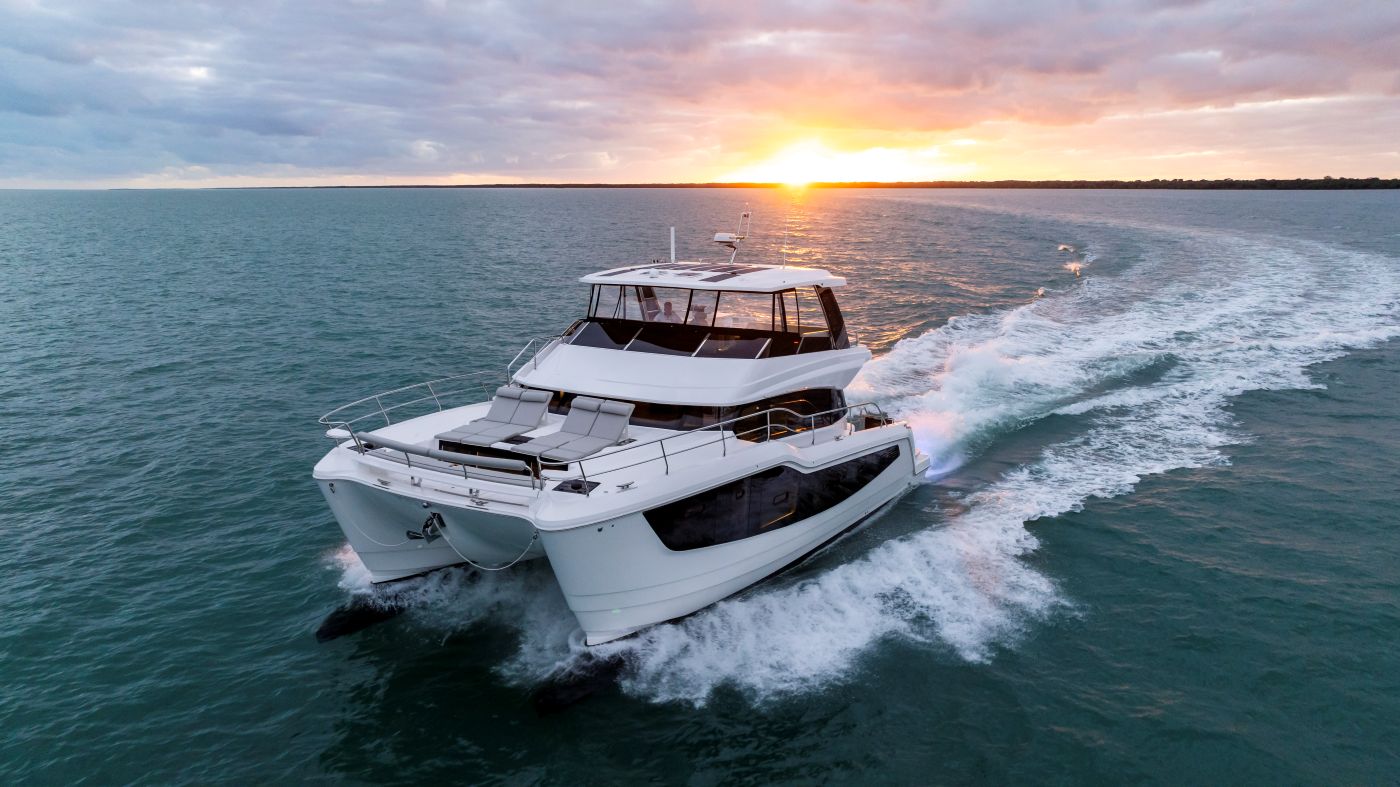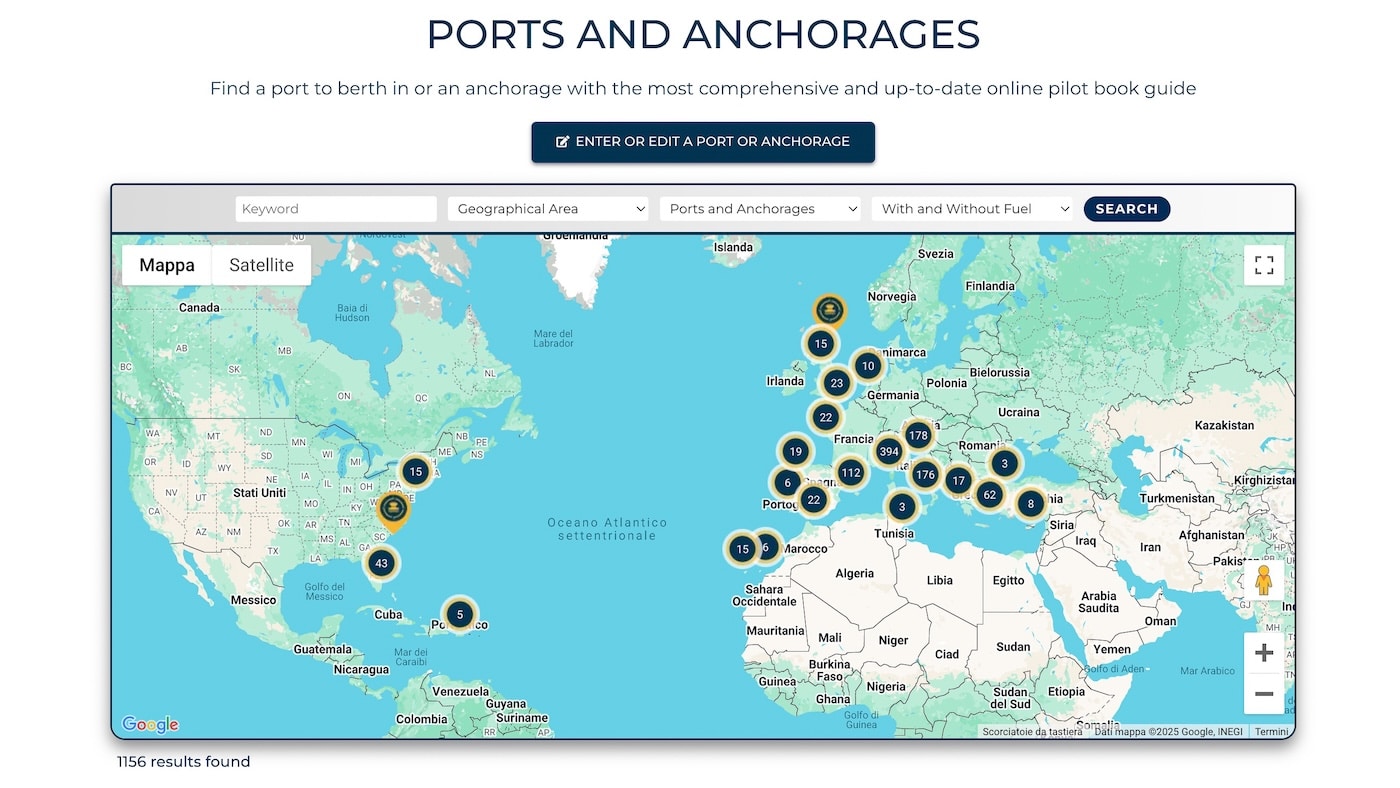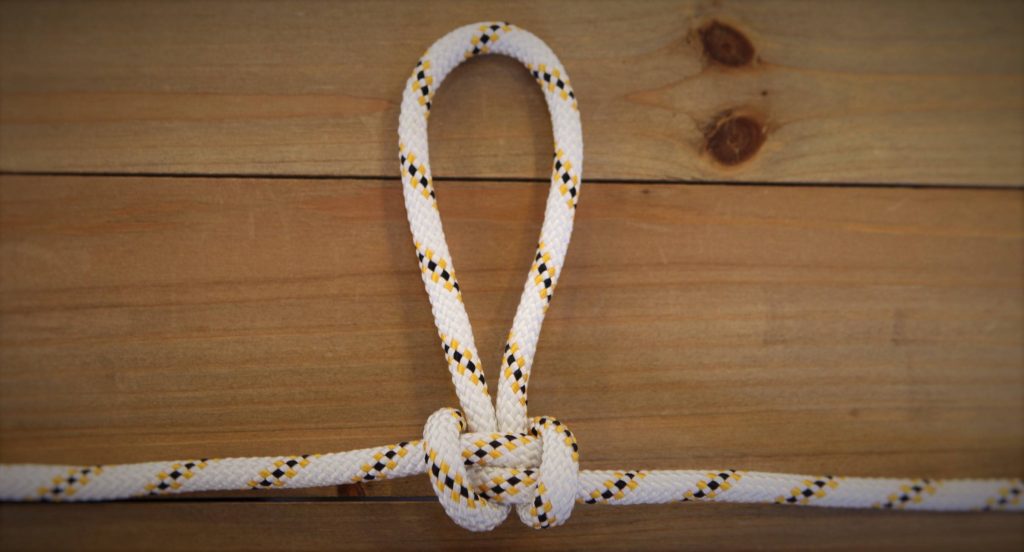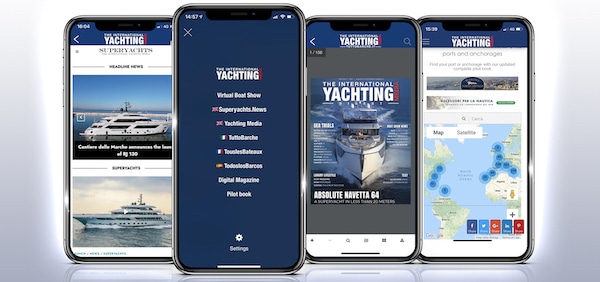After 3DL, 3Di, largely used in the world of America’s Cup, Volvo Ocean Race and Maxi, now North Sails launches 3Di Race and wants to extend its use to a greater number of sailing boats.
We met Alessio Razeto, Sales Manager of North Sails Italia, who told us the story of this evolution.
3DL has been known in the sailing world for years. What are the differences with 3Di? “They’re both the work of Swiss “inventors” and the result of the incredible world of America’s Cup and the huge investments it involves”
3DL arrived in 1992-1993. When was 3Di born?
In 2004, when Alinghi started to develop this technology privately, with the aim to use it in the following Cup. In order to do that, he asked our technicians for help and the agreement was that we would have taken part to the development but with the option to buy the technology.
On a technical level, what does it change?
3DL and 3Di are both created on a male mould which develops according to the project, so it’s not a fixed mould. Every time, it is remodeled and created by hydraulic jacks which move the surface of a flexible material. 3DL is a sandwich, in the sense that the fibre is put and stretched on a film according to load lines, then another film is overlayed and, finally, vacuum-sealed laminates are added. The great evolution of 3Di is that the fibre is converted, by a specific machine called spreader, into a unidirectional filament applied on a very thin Dynema tape (just 6 micron). Finally, these tapes are soaked in resin.

In practice, it does everything: it takes the fibre, it bends it and then it applies the fibre on the Dynema tape before soaking it in resin. At this point, we’ve the basic material. The tape is oriented by a plotter which stretches and cuts it: tapes, in fact, could be very long, even though the common ones are about 60-70 cm long. Arrangement and composition of these tapes are the central part of our study: the final result of the sail depends on their different disposition.
How does the on-mould application happen?
The mould is used when the tape is wet, moist and not catalysed. Then it is vacuum-sealed and catalysed by a infrared lamp. The result is an unidirectional pure fibre monolith; the fibre used in an unidirectional way is the most efficient one because it works along loads and it will last more.
What kind of fibres can be used?
We can use carbon, Kevlar or Dyneema fibres but the real revolution consists in the way it is used put inside the membrane. Moreover, “useless” material disappear.
What do you mean?
In practice, there are no materials which dont’ contribute directly to the structure. In 3DL and all the other laminates, there are some fibres that are hold by some films and tapes which are not necessary to the structure itself in terms of strength and efficiency. They only hold fibres. In 3Di, on the contrary, we don’t need them. So, for equal weight, you can have much more material which keeps the membrane rigid or, if the aim is to reduce weight, you can choose to have a lighter membrane.
What about durability?
3Di doesn’t deform nor get broken. It can last 30% more than 3DL, even though it’s always difficult to say that for sure because it depends on the way it is used. Racing sails are not designed to last but to ensure the best immediate performance. In case of cruises, on the contrary, the matter is completely different.
Interesting, can you explain this better?
3Di comes from America’s Cup; at first, the product was reserved for pure race. Later, it became clear that we can create a vacuum-sealed laminate sail through heat thanks to Dyneema.
Was this impossible with 3DL?
Yes, it was, because Dyneema, at 50-60° (the temperature used to laminate 3DL), changes its properties and regresses. With 3Di, this is not a problem because the support is already resin-soaked and temperatures are lower. At that point, the discovery: it was possible to create monoliths in a single piece on a Dyneema mould.

We started to work on cruise superyachts where loads, the space inside retractors, beam, and so on are a real problem. So, we used 3Di on cruise and not racing boats. Now, we’re starting to use this material even on smaller boats
And here does 3Di Race come into play?
3Di Race can be used on racing boats from 20 to 40 feet which are not involved in inflamed competitions and that don’t want to change their equipment. The product is made of kevlar, which offers a sufficient guarantee in terms of shape-holding. Moreover, kevlar is a long-lasting material.
What about prices?
3Di Race is a little more expensive (about +10%) than 3DL. Price depends on the amount of fibre used and, in this sense, Dyneema can really reduce costs.
What are the advantages of 3Di Race?
First of all, the stability of the membrane. 3Di race ensures the greatest level of shape-holding. Then, its longevity, since it’s a monolith and not a laminate. Finally, its large range. A light jib, which usually reaches 10 knots, now can reach 13-14 knots.
Is 3Di Race difficult to regulate?
You don’t need to be an expert. However, 3 Di Race is very reactive and sensible, so it can be easy to go wrong.
But 3Di Race sails have another important advantage….
Which?
They are easy to understand and “read”. Change is much more evident than in transparent membranes.
How long must we wait for 3Di Race?
It has just been launched. In USA, there are the first examples of boats using it.





























